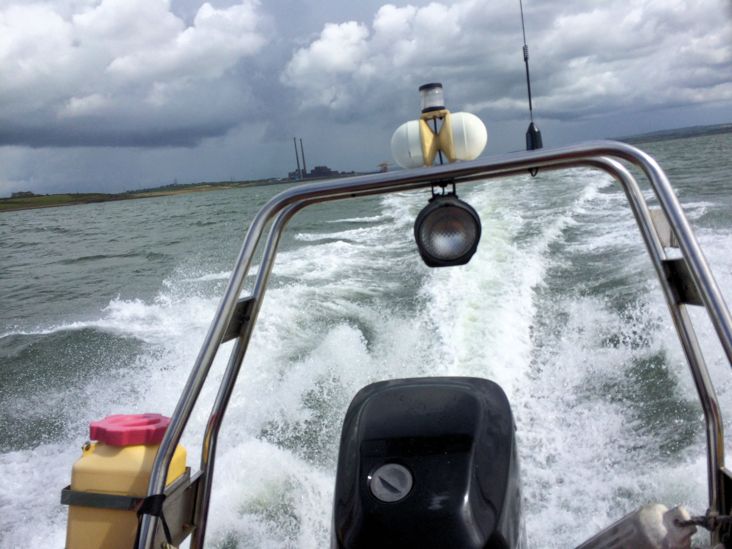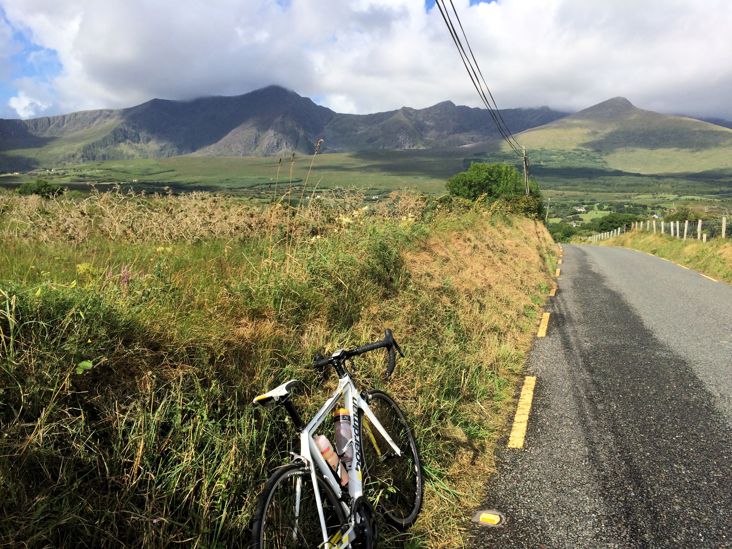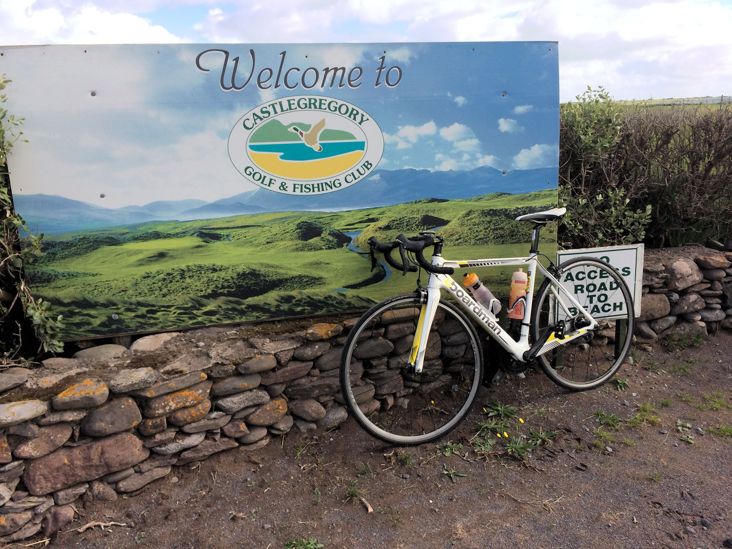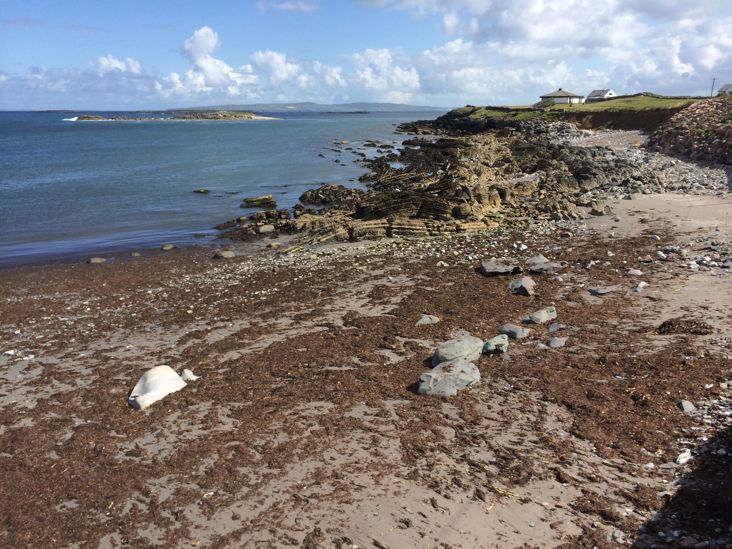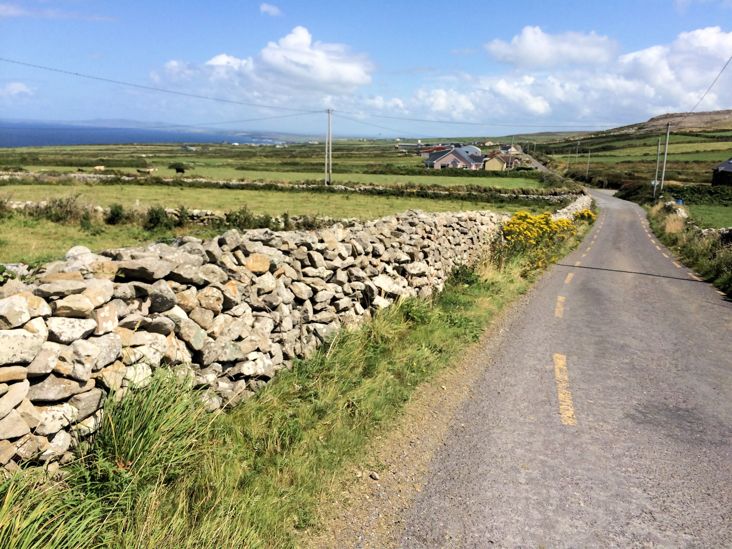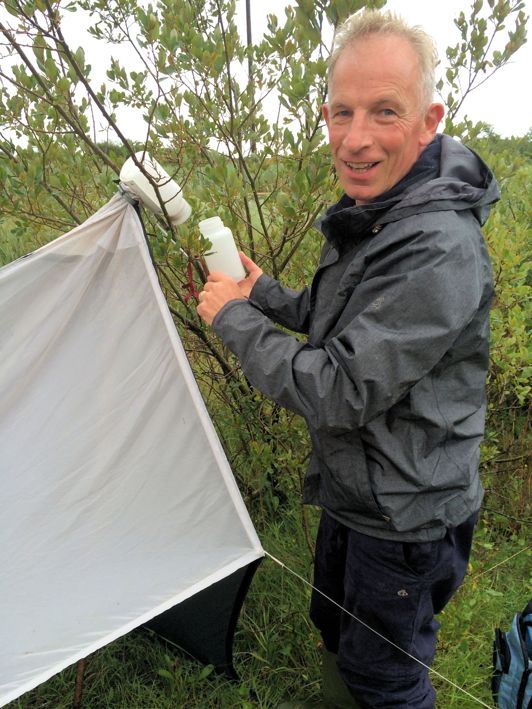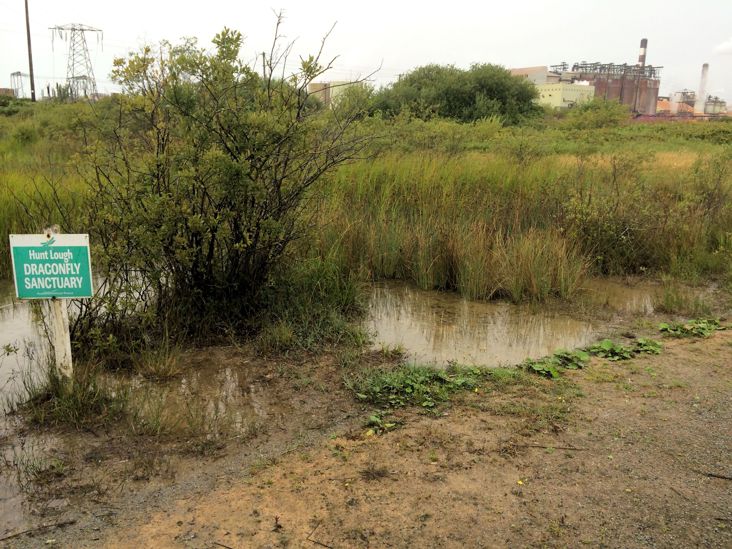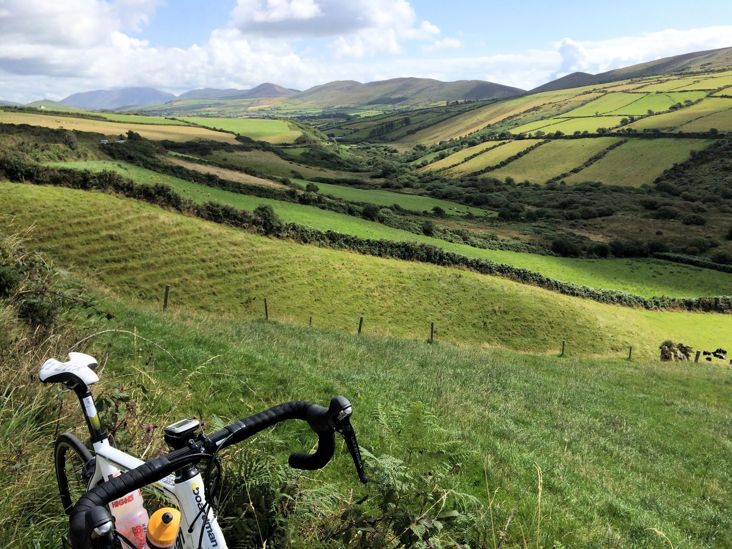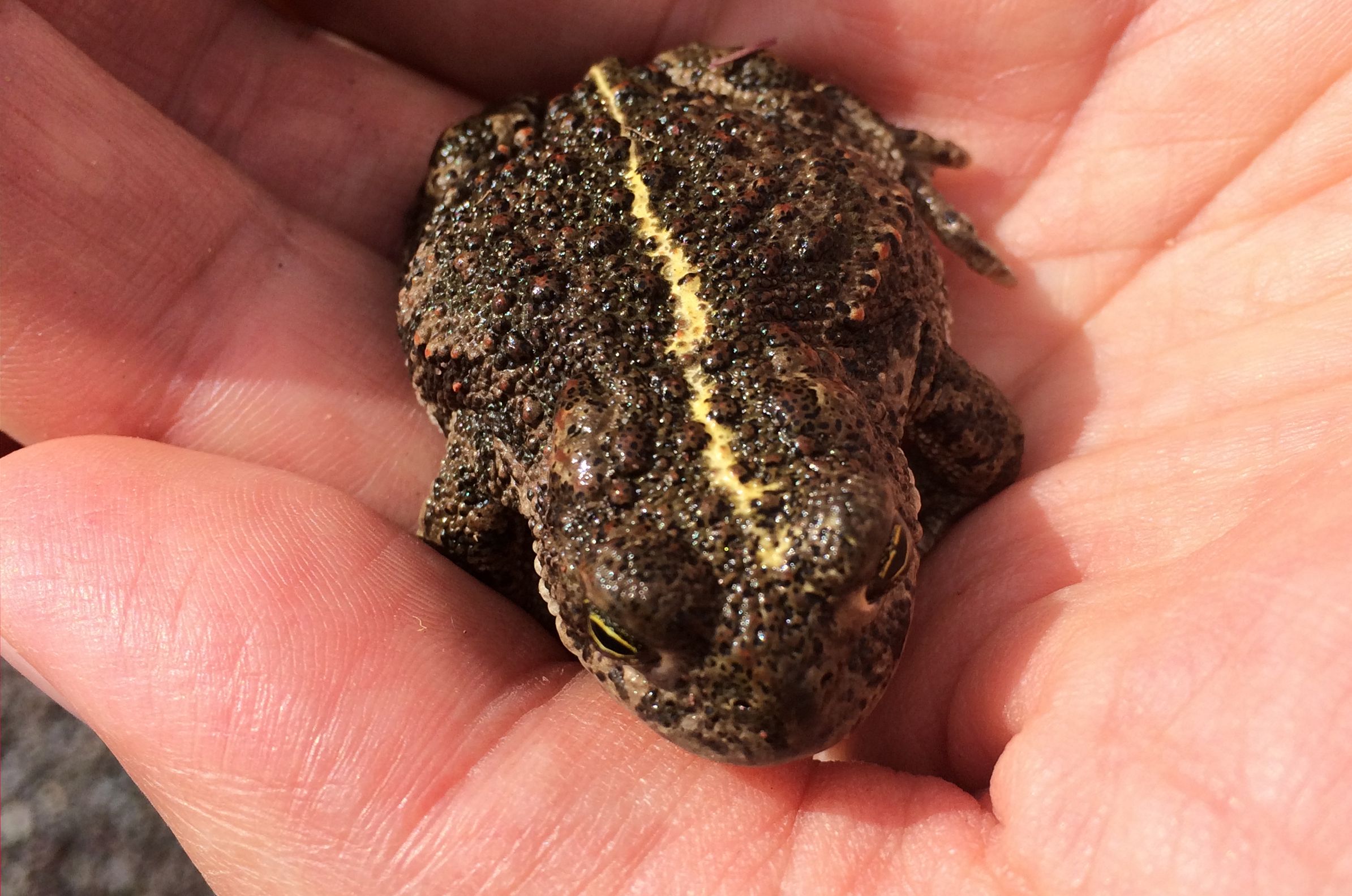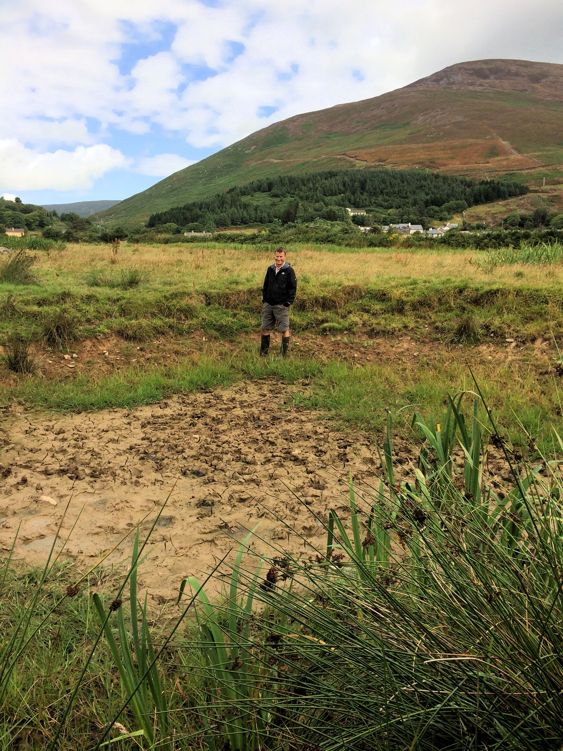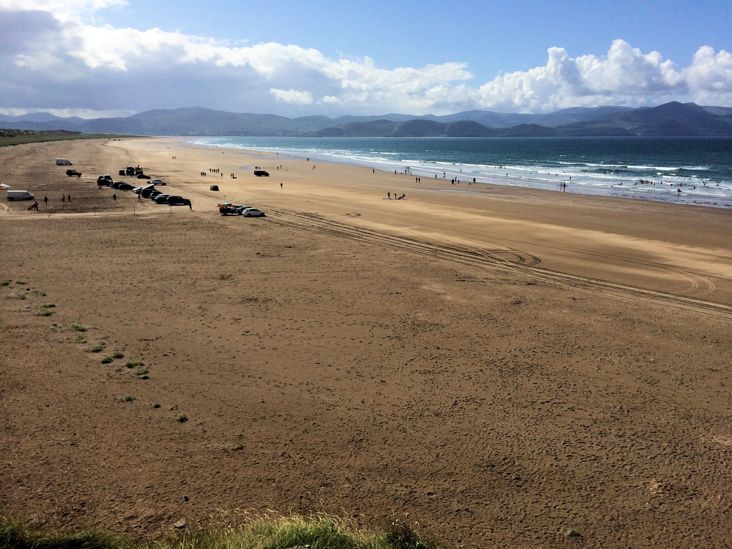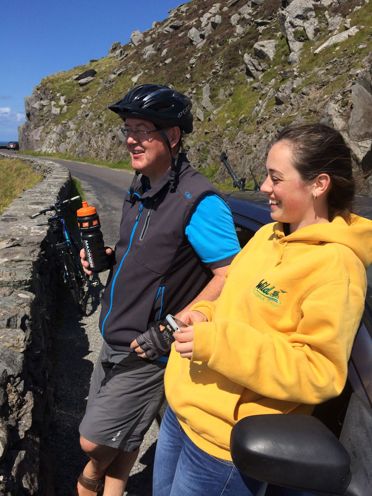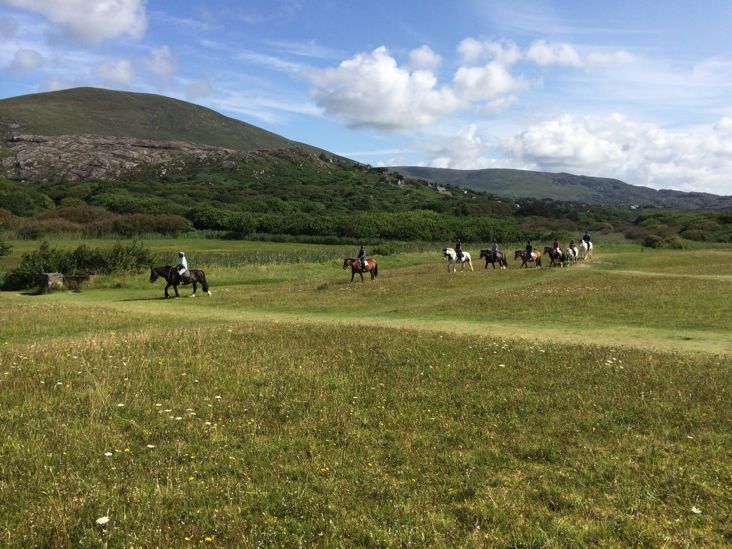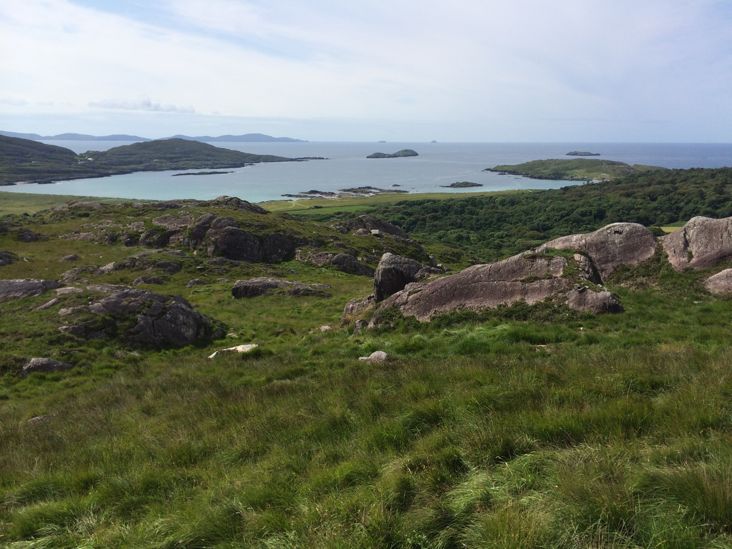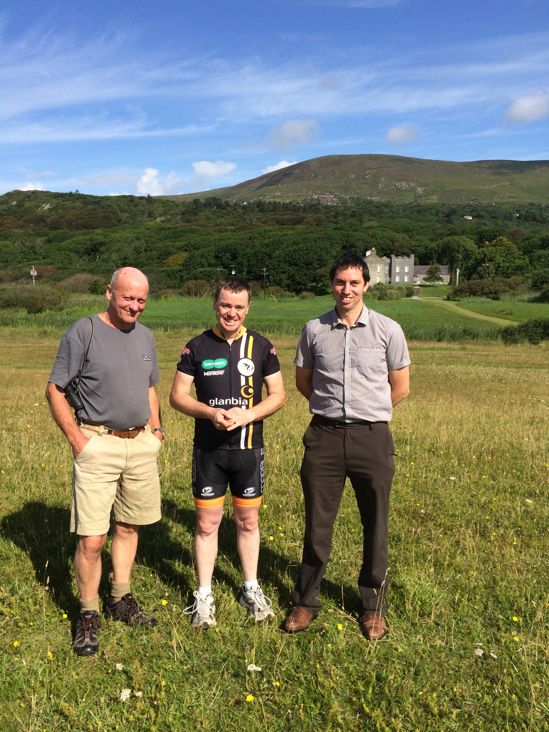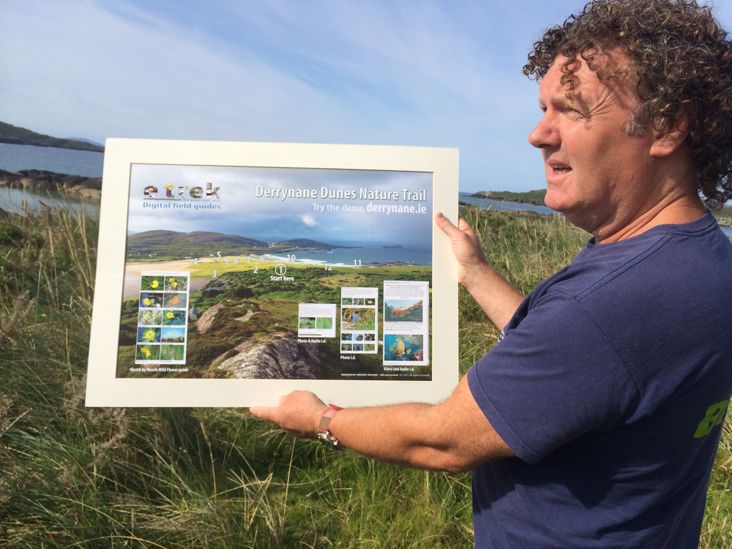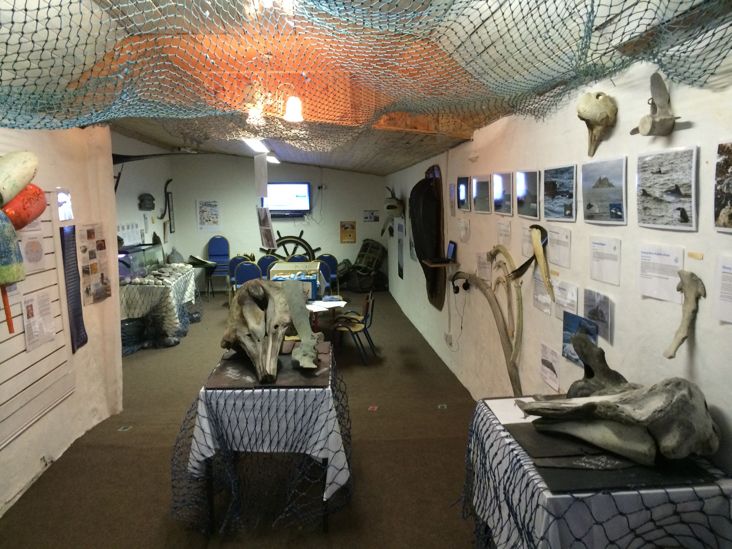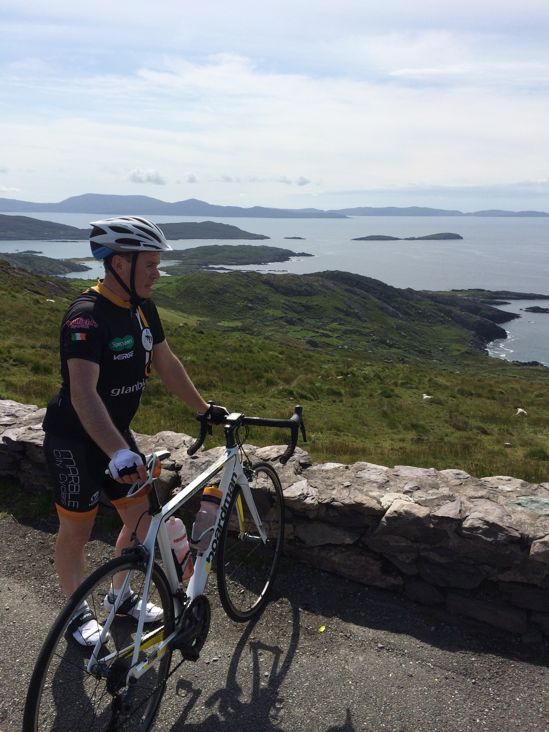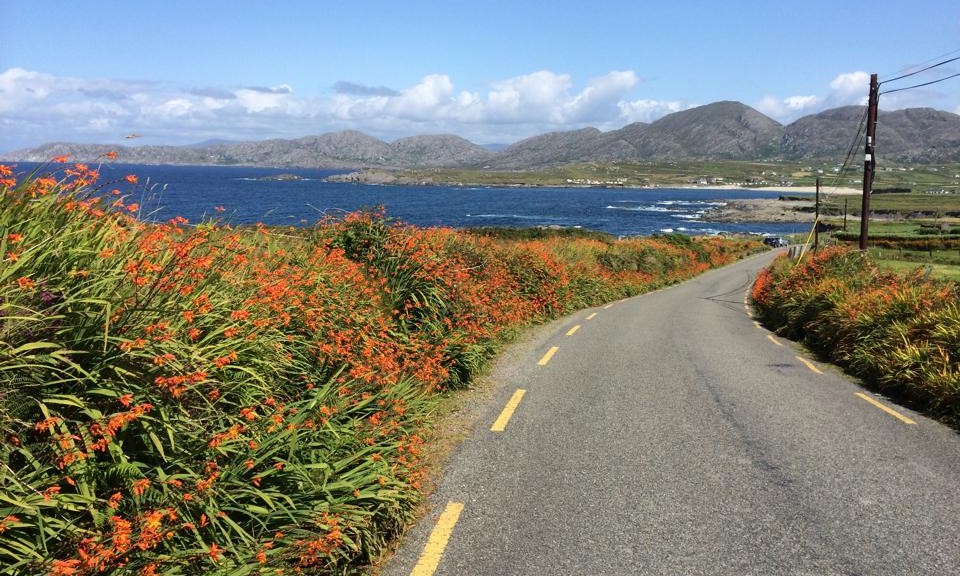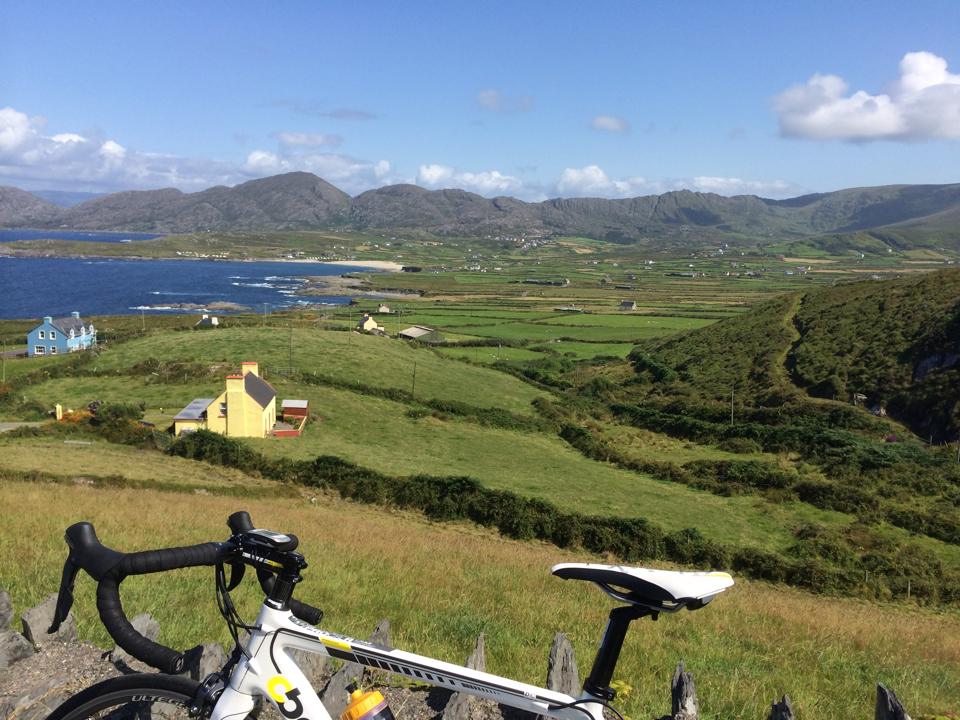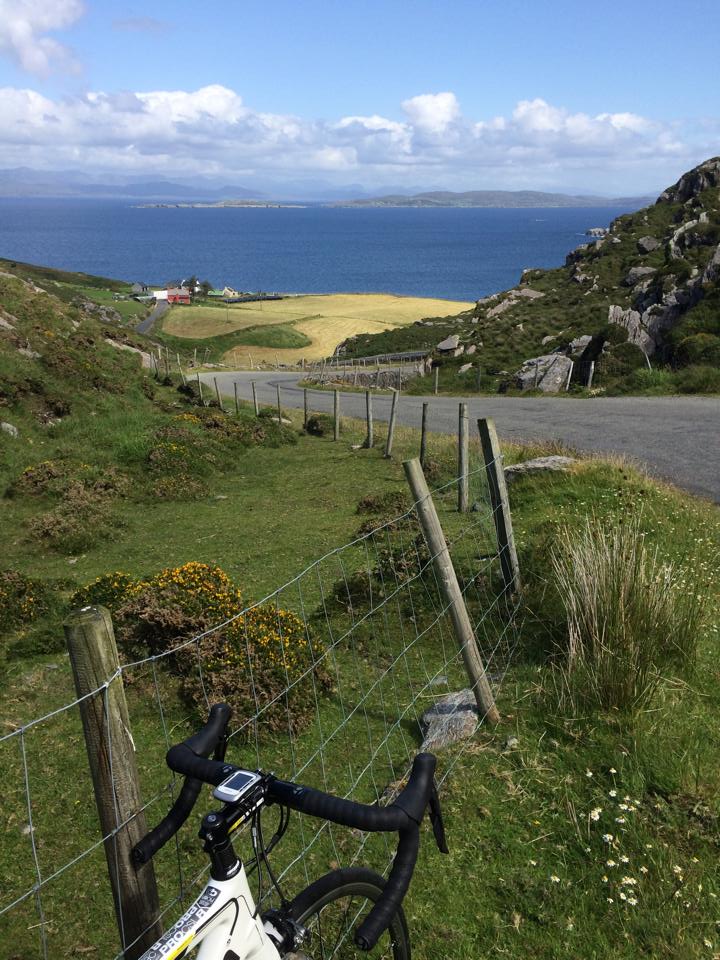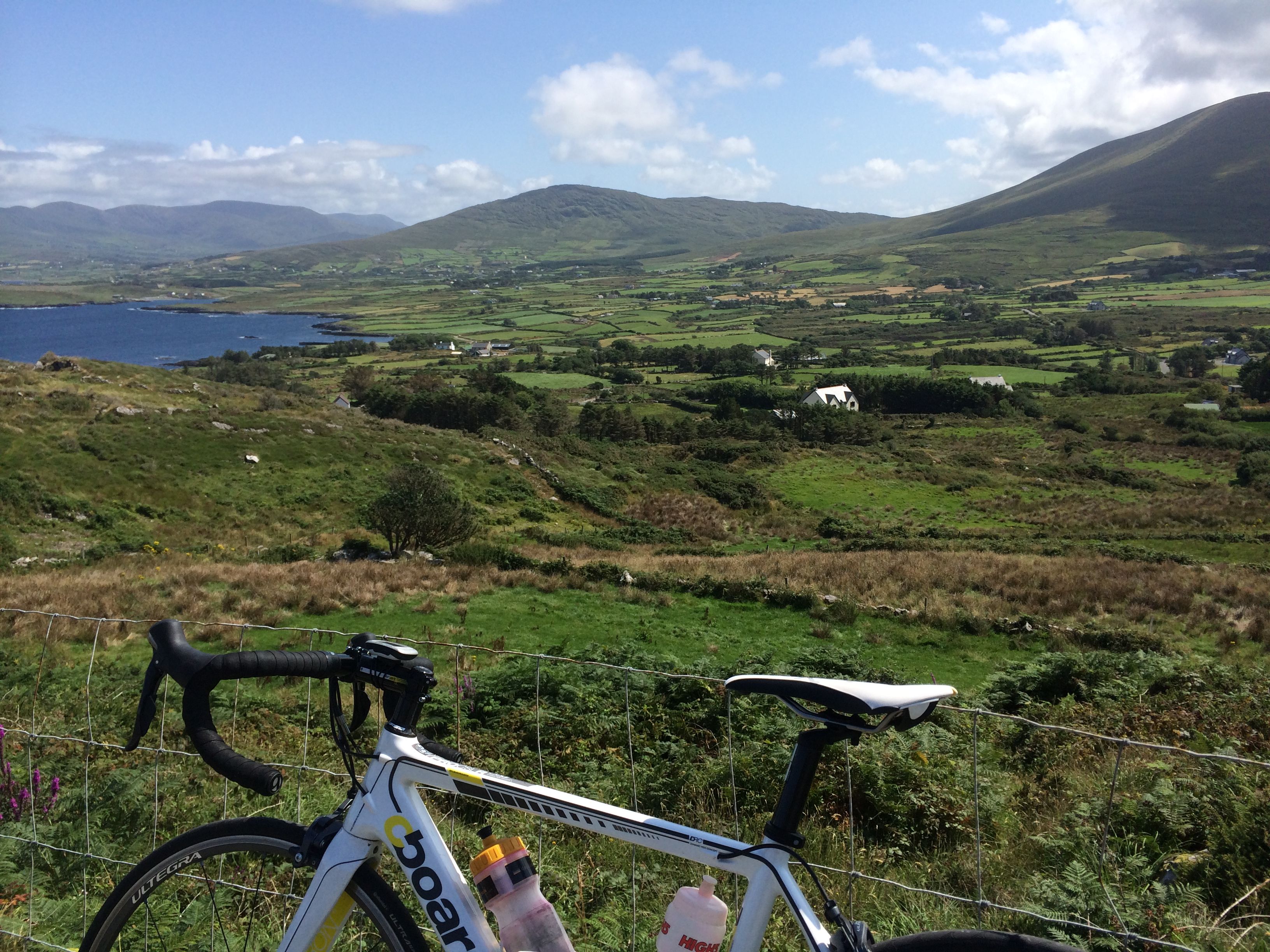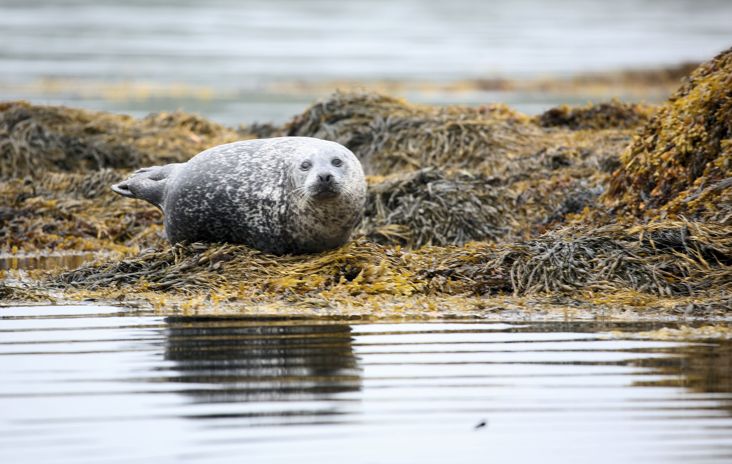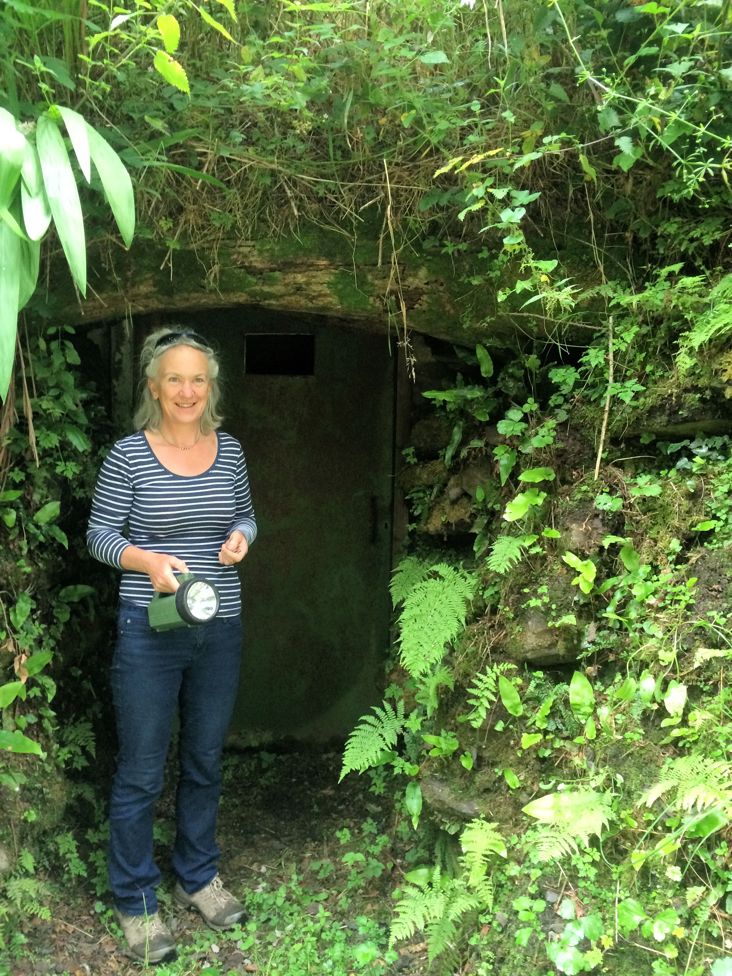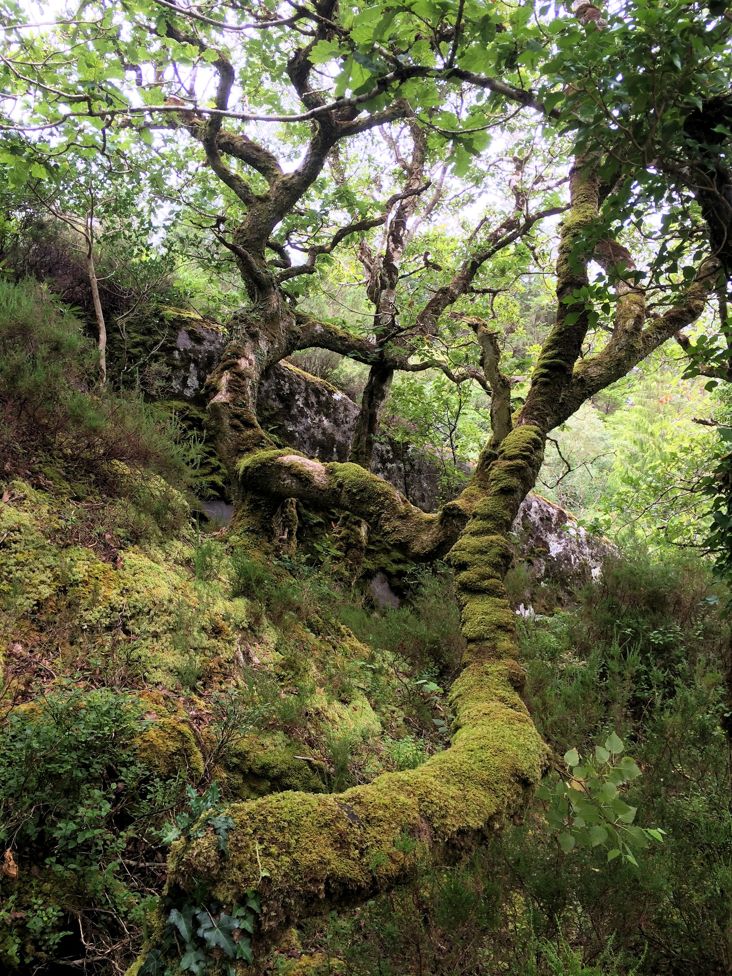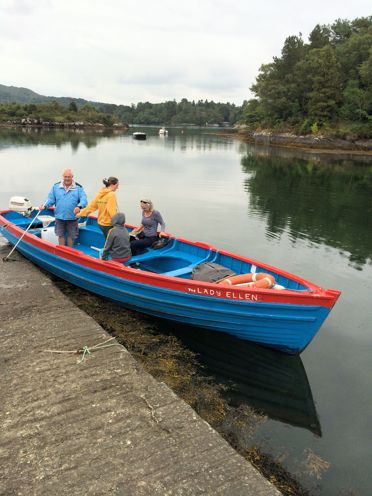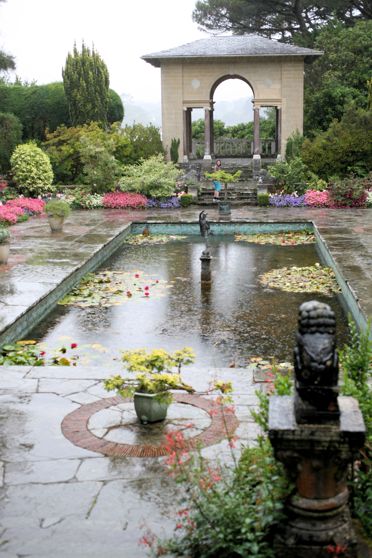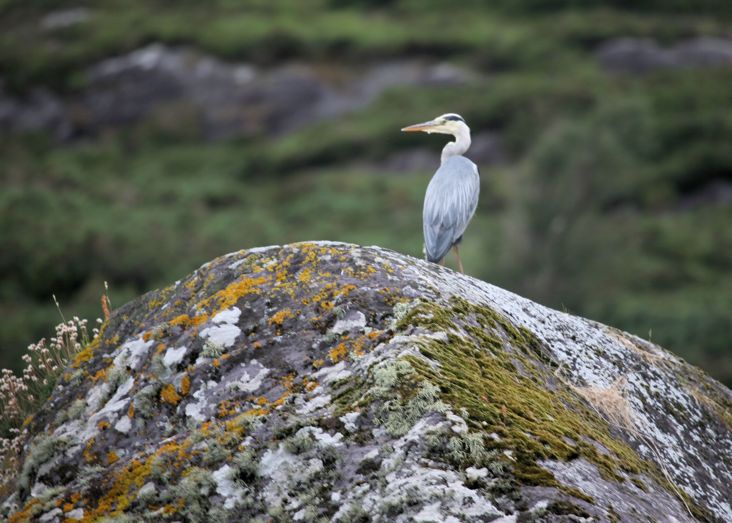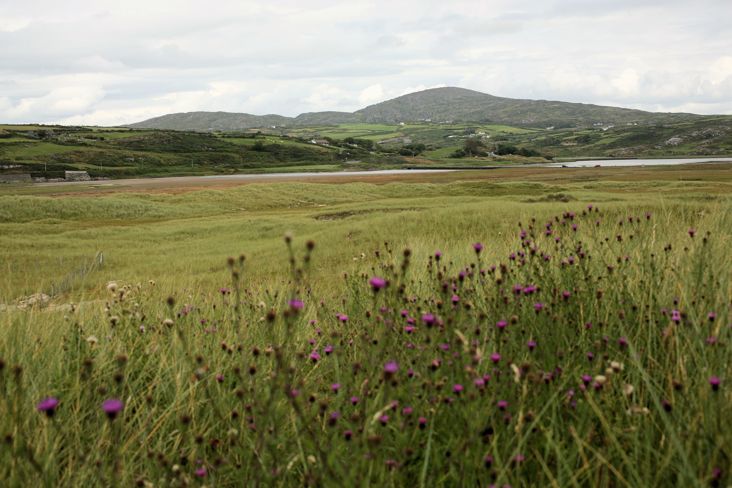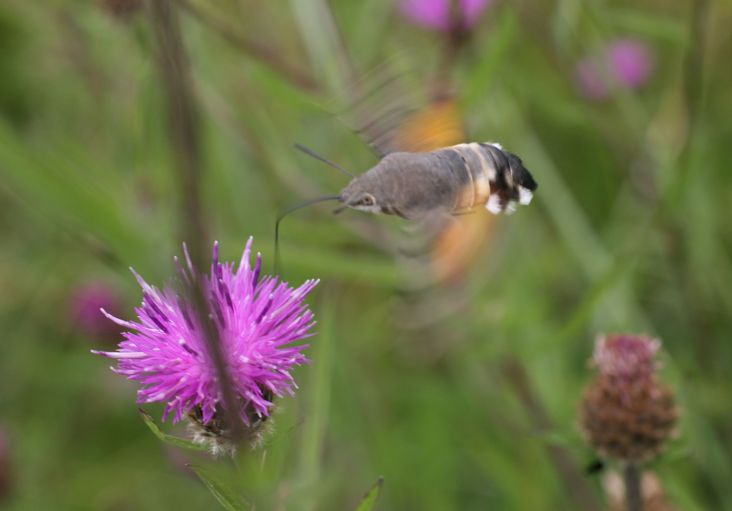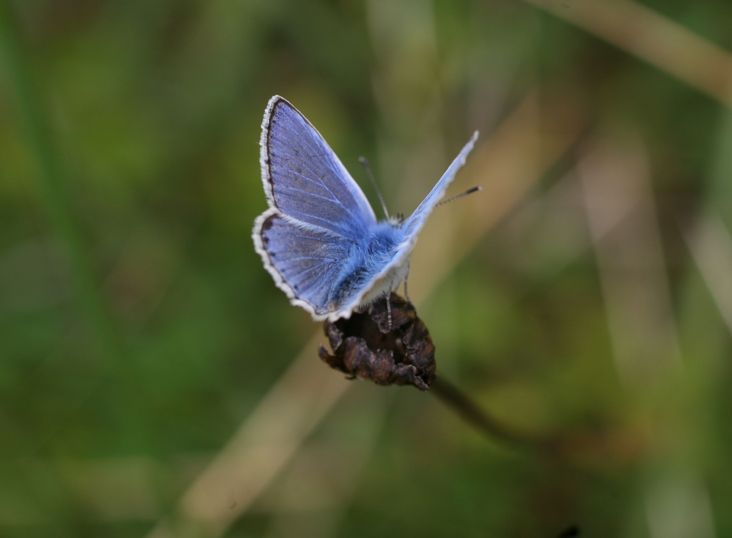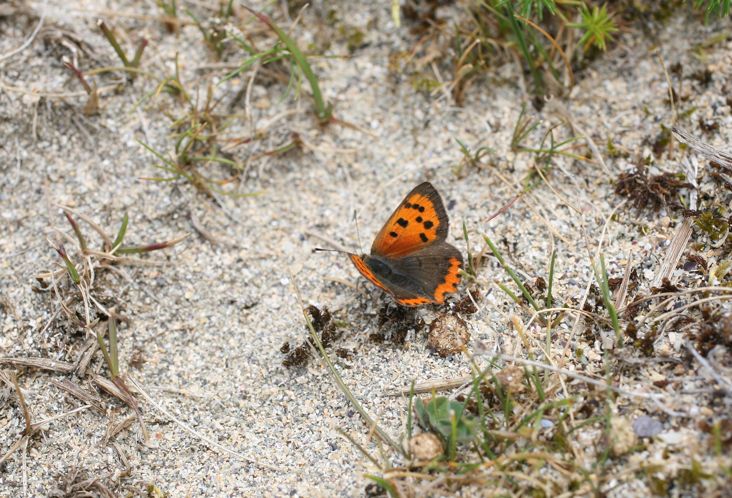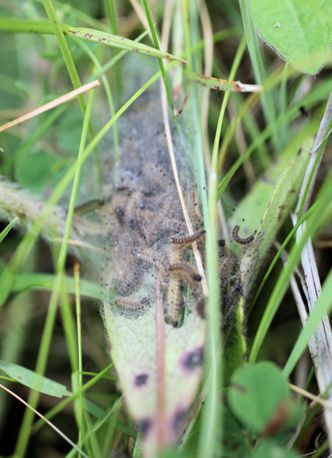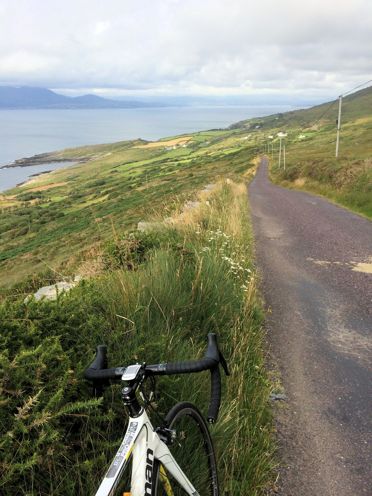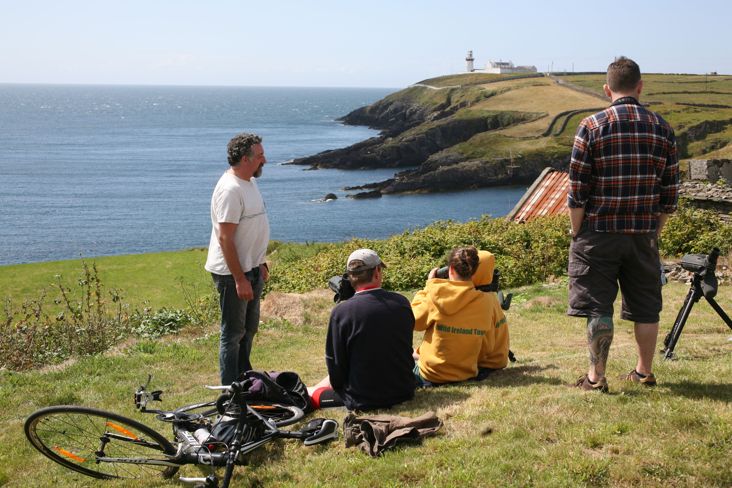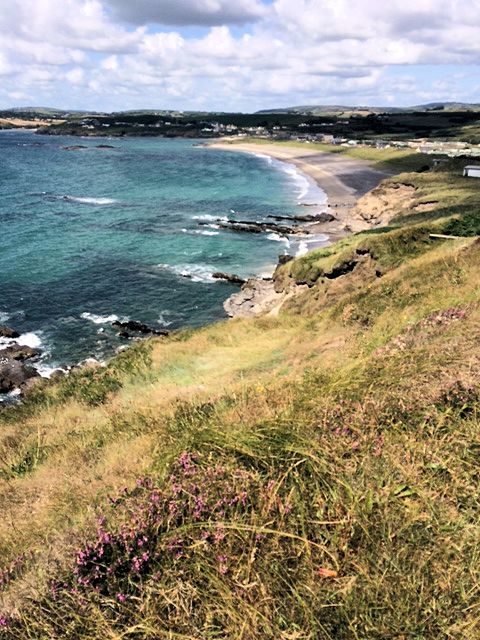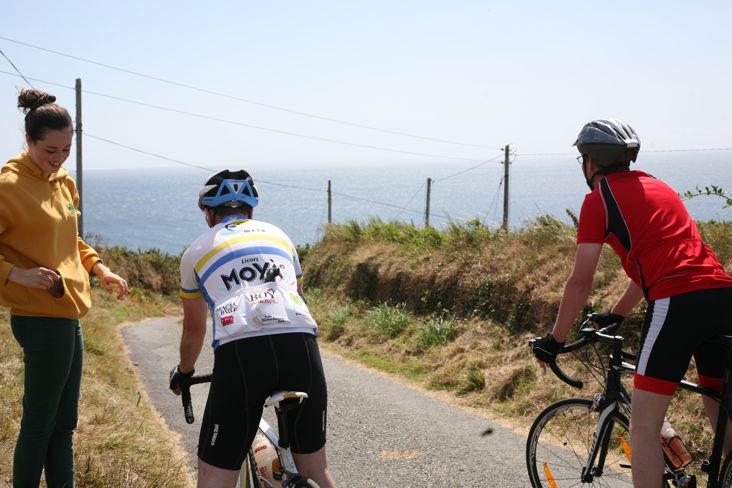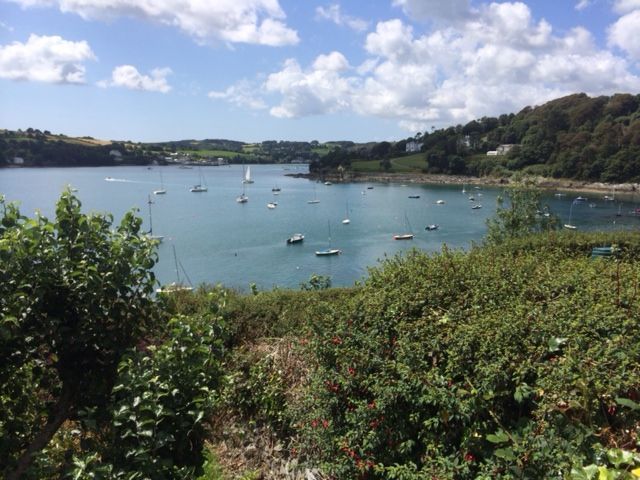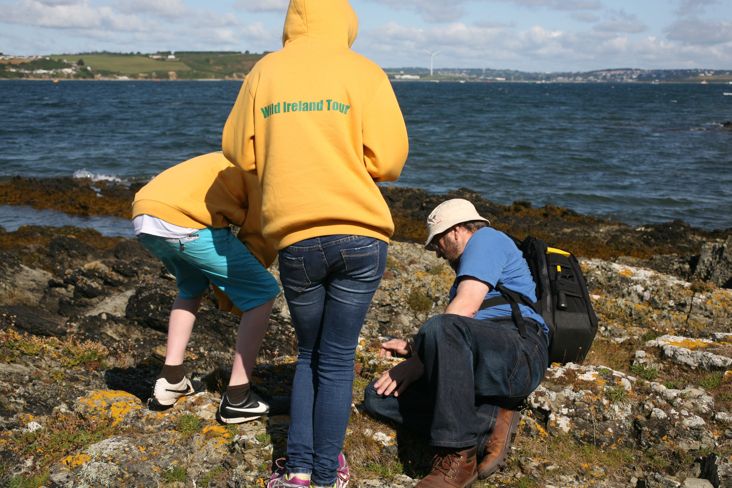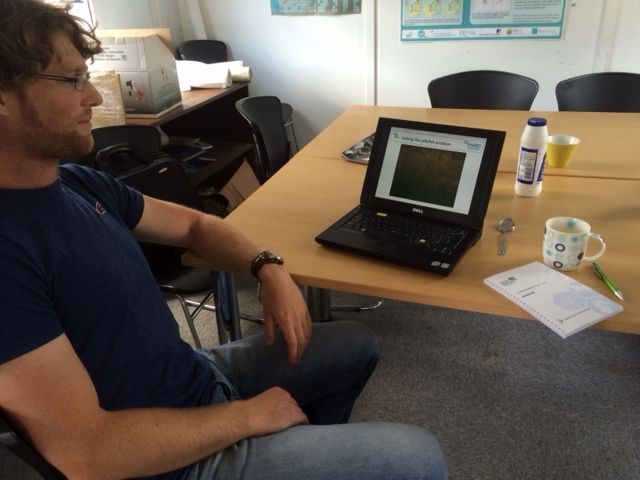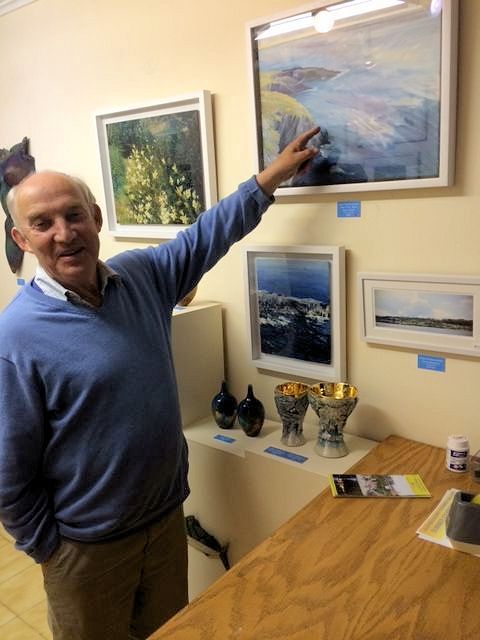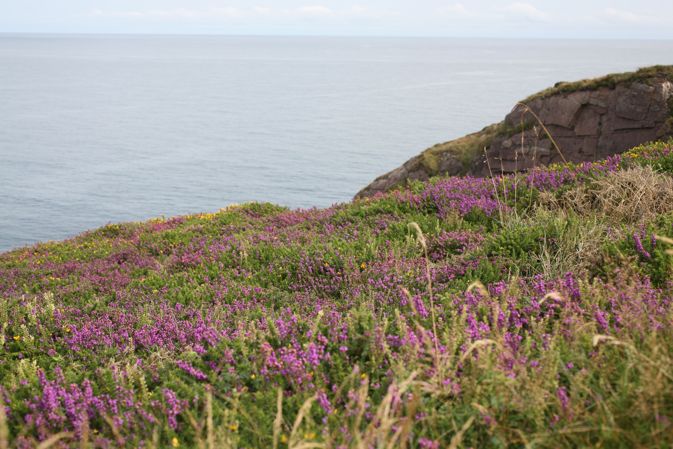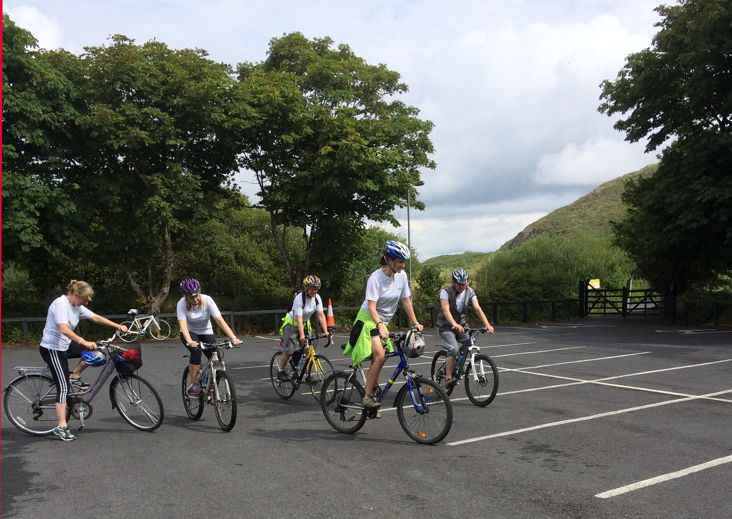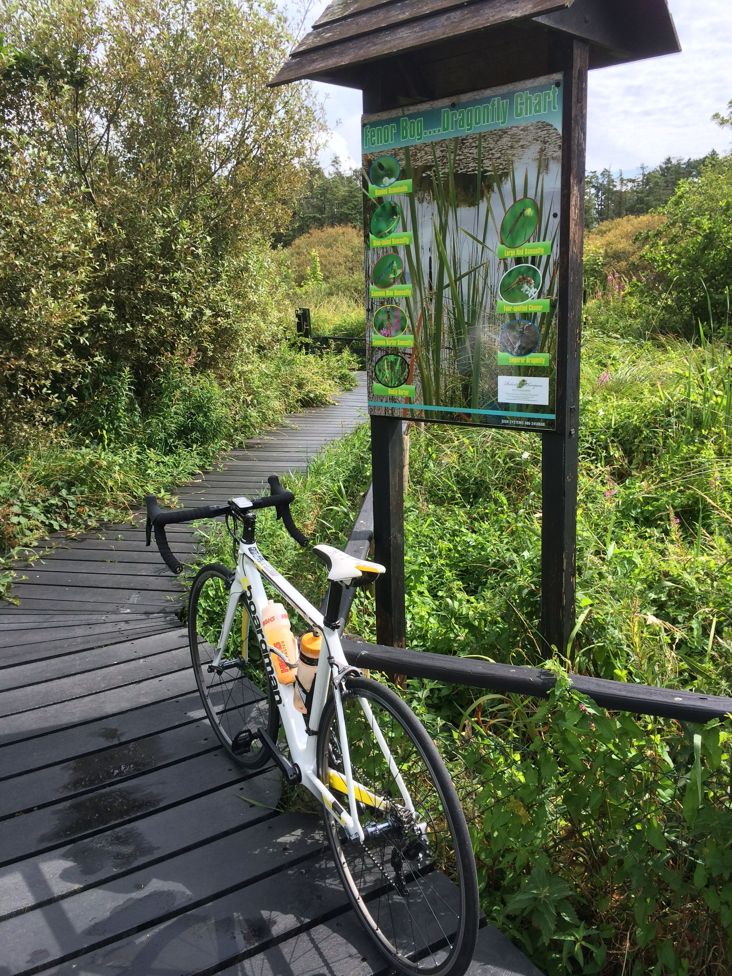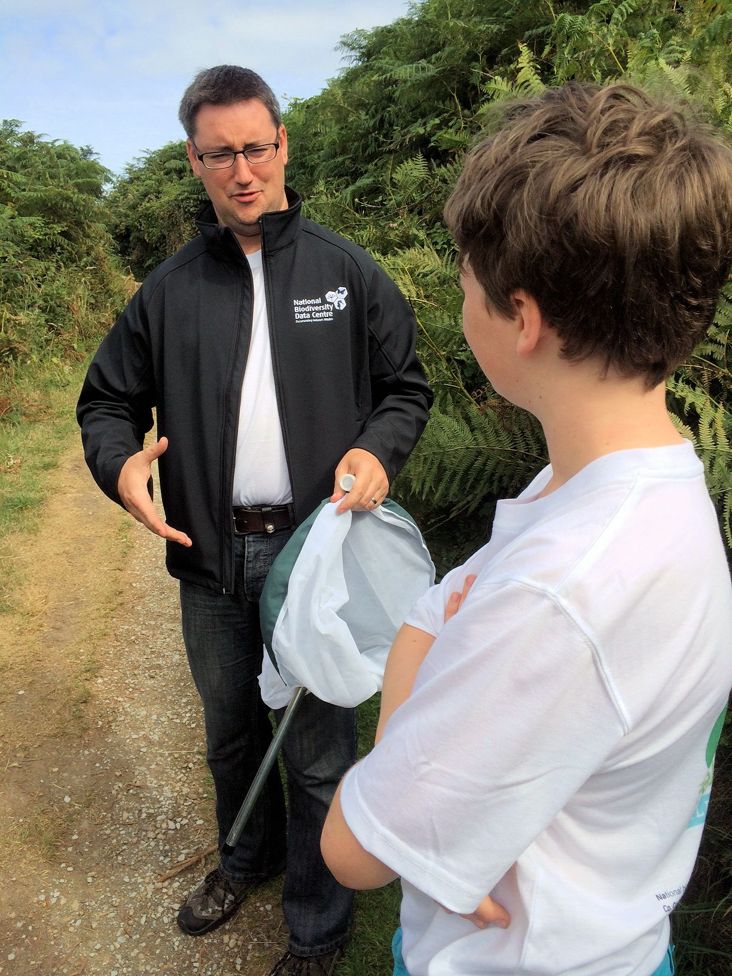I was really looking forward to this day for some time. One time previously, Simon had brought me out to see the pod of Bottlenose dolphins in the Shannon Estuary, and seeing these creatures at close quarters is quite an experience. Also, on a personal note, I used to have quite a bit of contact with Simon, particularly when he served on the Management Board of the National Biodiversity Data Centre, but we hadn’t met now for a few years. So it was good to catch up.
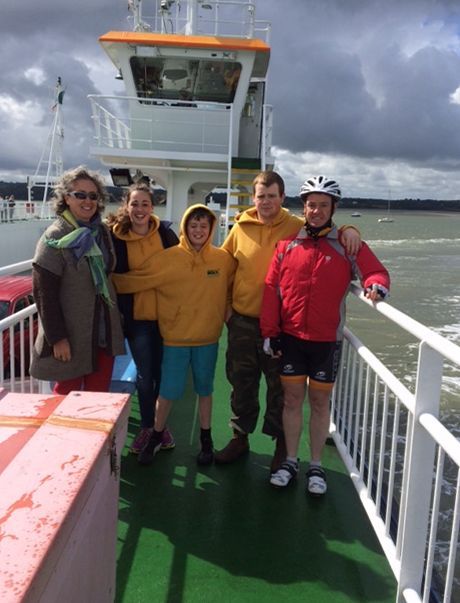
Josephine and Pauli met up with us for the night and we all headed across on the Tarbert to Killimer ferry to meet Simon at the Shannon Dolphin Wildlife Federation Information Centre in Kilrush. Tucked away at the bottom on the village, this small Centre is crammed full of information and exhibits about whales and dolphins. Simon showed us the full-size replica of Fungi the Dolphin, skulls of exotic sounding whales like Cuvier’s and Gervais’ beaked whales, and even let us open and smell the delights of a small jar of sperm oil. We were even treated to the eye of a whale preserved in a jar. Simon set up this NGO to promote the conservation of the Bottlenose Dolphin in the estuary and it has been maintained down the years by a huge voluntary effort by all involved.
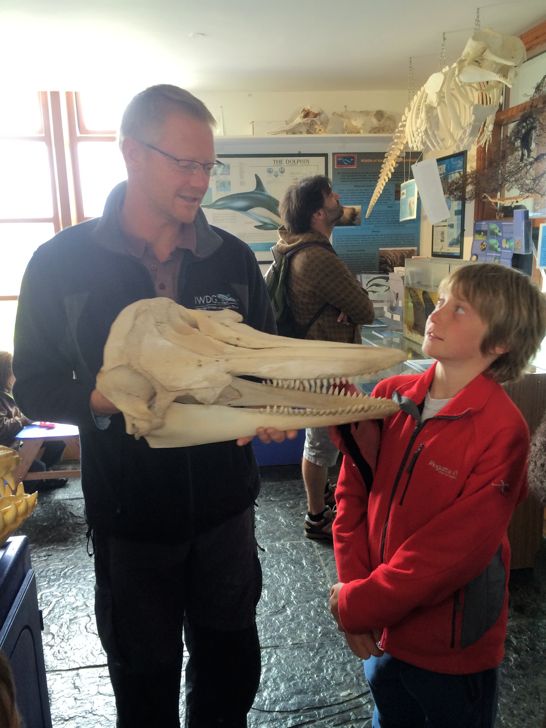
A population of about 120 genetically distinct Bottlenose dolphins resides in the Shannon Estuary, between the mouth of the estuary upstream to Limerick City. Sometimes they venture out of the estuary into Tralee Bay, but it is thought they don’t venture north of Loop Head. Simon and his colleagues have been studying this populations of dolphins since 1993. Each dolphin has unique markings on their bodies, scratches and scars, which allow each to be identified. Since 1993, a catalogue of photographs of dolphins has been established, a photo ID catalogue, which now contains images of at least 250 individuals. Sightings of dolphins allow the researchers to get an insight into the movement of individuals, and over the years this has provided detailed information about the animal’s feeding preferences, longevity and social behaviour. Passive acoustic monitoring devices have also been deployed at a number of sites in the estuary. These record the sounds of dolphins and provide very detailed temporal data on dolphin movements near these stations. There remains much to learn about these animals, but thanks to Simon and his colleagues, sufficient information is available now to guide conservation efforts, and the estuary is designated a Special Area of Conservation.
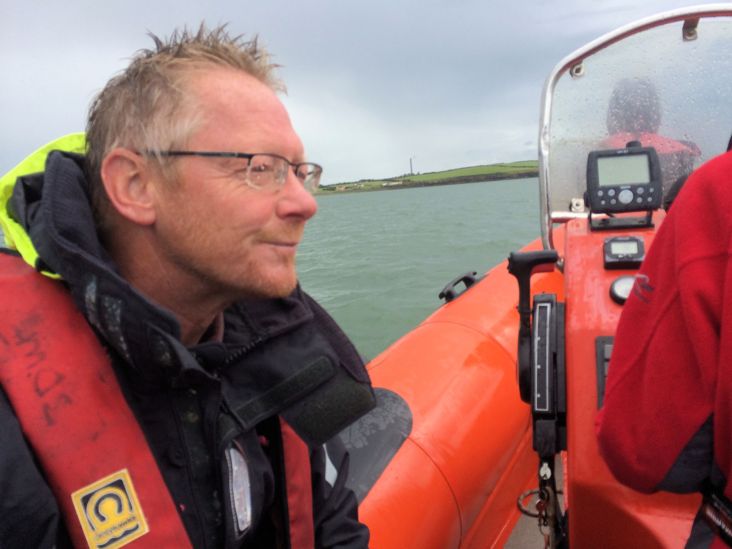
Simon didn’t hold out much (actually, any) hope of us seeing the dolphins when we arrived, as the wind was blowing a nice Force 5 westerly making the water quite choppy, far from ideal conditions for seeing dolphins. Undeterred we headed out on a rib to give it a go. And, boys being boys, we had a great couple of hours on the rib, battling the wind and the swell, and getting drenched with the spray. Meanwhile, the girls went for afternoon tea.
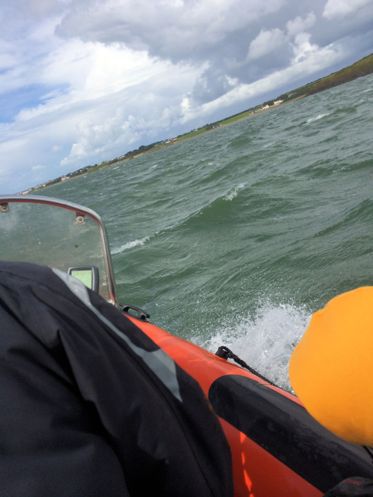
So we didn’t manage to see the Bottlenose Dolphins, but that is wildlife for you; you can’t expect it to turn up on demand. We did, however, get very nice views of a Peregrine near Moneypoint Power Station. We ended the boat trip with a short stop off at Scattery Island to see the round tower.
We spent a lovely evening with Simon, Frances and the family, catching up on gossip and work.

